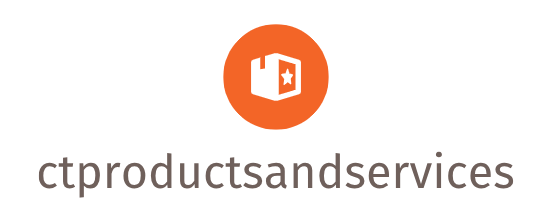
Understanding Linear Trend Forecasting
Linear trend forecasting is a simple yet powerful method for predicting future values based on the assumption that the data follows a straight line. It’s particularly useful when dealing with data that shows a consistent increase or decrease over time. The core idea is to identify the underlying trend in historical data and extrapolate it into the future. This approach relies on the past being a good indicator of the future, which might not always be true, hence the need for careful consideration and understanding of the limitations.
The Mechanics of Linear Regression
The mathematical backbone of linear trend forecasting is linear regression. This statistical technique finds the line of best fit through a scatter plot of historical data points, where the x-axis represents time and the y-axis represents the variable you’re trying to forecast. The line is defined by an equation of the form y = mx + c, where ‘m’ represents the slope (rate of change) and ‘c’ is the y-intercept (the value of y when x is zero). The slope indicates the average increase or decrease of the variable per unit of time. The y-intercept gives the starting point of the trend.
Calculating the Slope and Intercept
There are several ways to calculate the slope (m) and y-intercept (c). The most common method uses the least squares method, which minimizes the sum of the squared differences between the actual data points and the points on the regression line. Statistical software packages and spreadsheet programs like Excel readily provide these calculations. You can also perform these calculations manually using formulas, though this is more time-consuming and prone to errors, especially with large datasets.
Extrapolating the Trend into the Future
Once you have the equation of the line (y = mx + c), you can easily predict future values. Simply substitute the desired future time period (x) into the equation and solve for y. For example, if you’re forecasting sales for the next quarter, you would plug in the corresponding time value for ‘x’ and calculate the predicted sales (‘y’). The accuracy of this prediction depends heavily on the quality and relevance of the historical data and the assumption that the linear trend will continue.
Assessing the Accuracy of the Forecast
It’s crucial to evaluate the accuracy of your linear trend forecast. Several statistical measures can help, including the R-squared value, which indicates how well the regression line fits the data. A higher R-squared value (closer to 1) suggests a better fit. However, a high R-squared doesn’t automatically guarantee accurate predictions. You should also visually inspect the scatter plot and the regression line to check for outliers or patterns that suggest the linear assumption may not hold. Residual analysis, which examines the differences between the actual and predicted values, can also reveal potential issues.
Limitations and Considerations
Linear trend forecasting is a simplified model and may not be suitable for all situations. It assumes a constant rate of change, which is rarely the case in the real world. Significant external factors or cyclical patterns in the data can invalidate the linear assumption. Seasonality, for example, often requires adjustments to the model or the use of different forecasting techniques. It’s essential to consider these limitations and understand that the forecasts are just estimates, not guarantees of future performance. Always use your judgment and consider other relevant factors when interpreting the results.
When to Use Linear Trend Forecasting
Linear trend forecasting is most effective when dealing with data that exhibits a clear and consistent linear trend over time. It’s a good starting point for initial forecasting and is relatively easy to understand and implement. However, it’s vital to remember its limitations. Before using it, examine your historical data carefully to see if a linear trend truly exists and if there are any significant deviations or external factors that could influence future values. In some cases, combining linear trend forecasting with other methods might yield more accurate results.
Beyond Simple Linear Regression
While we’ve focused on simple linear regression, more complex methods exist, such as multiple linear regression, which can incorporate multiple predictor variables. This can improve forecast accuracy by accounting for additional factors influencing the variable you’re forecasting. However, these more complex techniques require more data and a greater understanding of statistical modeling.





.jpg)


